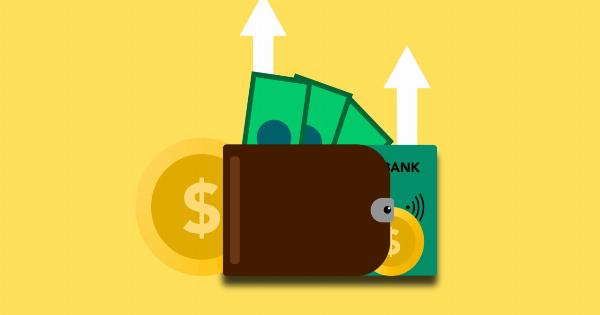Interventions, whether in the realm of economics, politics, or personal relationships, are often aimed at bringing about positive change. However, there are instances where these interventions can have unintentional and weakening effects.
This article explores the various ways in which interventions can lead to negative outcomes and provides insights into how to mitigate these effects.
1. Unintended consequences
One of the main reasons interventions can lead to weakening effects is due to unintended consequences.
When policymakers or individuals intervene without a comprehensive understanding of the complex systems at play, their actions can have unforeseen outcomes.
2. Distortion of incentives
Interventions can also distort incentives, leading to unintended behaviors. For example, when governments implement price controls, it can discourage producers from creating goods or services, leading to shortages and black markets.
Similarly, in personal relationships, interventions can inadvertently reinforce negative behaviors or enable dependence.
3. Moral hazard
Moral hazard refers to the idea that individuals or entities may take greater risks when they are protected from the consequences of those risks. When interventions provide a safety net or bailouts, it can encourage irresponsible behavior.
This can be observed in financial markets, where government interventions can lead to excessive risk-taking by companies.
4. Dependency
Interventions can create dependency, where individuals or communities become reliant on the support or assistance provided.
While interventions may initially be aimed at addressing immediate needs, they can unintentionally prevent individuals from developing self-reliance and resilience.
5. Suppressing adaptive responses
Interventions can sometimes suppress adaptive responses, hindering the natural processes of adaptation and evolution.
When external interventions attempt to solve problems that are best addressed through individual or collective action, they can undermine the growth and development of the affected parties.
6. Over-reliance on interventions
Over time, repeated interventions can create a culture of over-reliance on external solutions.
This can lead to a lack of individual agency, as people become accustomed to waiting for external help rather than taking proactive steps to address their challenges.
7. Resistance and backlash
Interventions, especially those imposed without proper consultation or consensus, can result in resistance and backlash.
People may feel their autonomy and values are being infringed upon, leading to resentment and a rejection of the intended intervention. This resistance can further weaken the effectiveness of the intervention.
8. Unintended inequality
Interventions can unintentionally lead to inequality, both in terms of outcomes and opportunities. For example, affirmative action policies intended to address historical injustices can sometimes result in reverse discrimination.
Similarly, economic interventions can inadvertently create winners and losers, exacerbating existing inequalities.
9. Unforeseen costs
Interventions often come with financial costs, but there can also be hidden or unforeseen costs. These could include unintended environmental impacts or the diversion of resources from other pressing needs.
It is important to carefully consider these costs and weigh them against the potential benefits of intervention.
10. Diminished individual autonomy
Lastly, interventions, particularly those imposed by external entities, can diminish individual autonomy. When individuals or communities have decisions dictated to them, it can erode their sense of agency and self-determination.






























